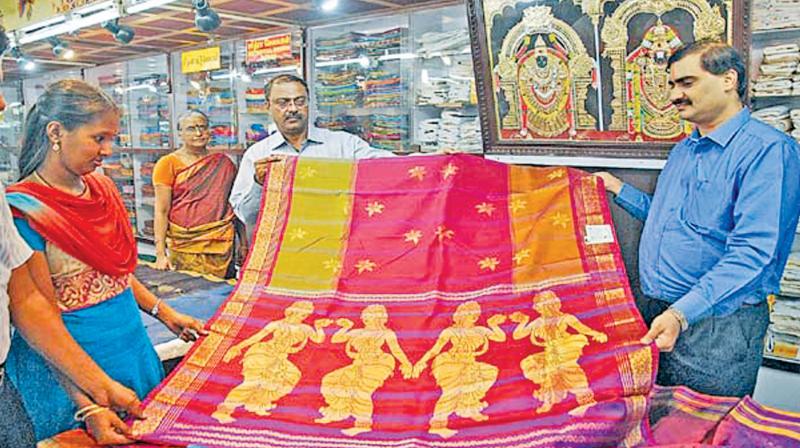Handloom - India’s endearing textile art
India was known as the world’s best handloom hub.

The centuries-old art of weaving is dying slowly because weavers are unable to make ends meet. National Handloom Day, which falls on August 7 every year, is celebrated across the country honouring the handloom weavers and their contribution to the socio-economic development of the country.
With many handlooms across India becoming silent in the last few years, National Handloom Day is an initiative by the Govt to honour and revive the roots of handlooms across the country. We talk to a few from this industry.
It was on August 7, 1905, when leaders of the freedom movement started a Swadeshi Movement asking Indians to boycott all British products and use only those made in India. To commemorate this, it was decided in 2015 to observe August 7 as National Handloom Day every year.
India was known as the world’s best handloom hub. Handloom industries in India are the second largest employer next to the agricultural sector. But after the modern fashion brands entered the Indian market at affordable rates, handloom sarees have taken a beating.
Handlooms constitute a timeless face of the rich cultural heritage of India. Environment-friendly with a form of energy saving artistry among the textile sector and an outcome of sustainable textile products, Indian handloom products are different and varied across the states. Weavers with their skillful blending of myths, faiths, symbols, and imagery provide their fabric an appealing dynamism. The strength of handlooms lies in innovative design, which cannot be replicated by the Power Looms sector.
Sekar, manager of a handloom store in Vellore explains about the organic cotton saree which is becoming a trend in recent years. “Organic cotton sarees use natural dyes from fruits and vegetable colours which provide relief from the heat and are skin safe. The sarees are woven in four major places - Coimbatore, Salem, Madurai, and Kanchipuram but not everyone is familiar with organic sarees.”
Karappan— a silk sarees outlet owner from Coimbatore says, “It is sad that none of the colleges teach about weaving or talk about the struggles in the life of a weaver.”
Karappan has published books on handlooms and weaving process and is an award winner “Many think that weaving is difficult to work but, weaving is the only work where people can earn from their home”.
Karappan has invented a new semi-automatic handloom which can be used without treadles and can lift the jacquard on its own to design saris. The new loom can be operated using a single hand and leg instead of the traditional way where the weaver has to use both the hands and legs. Karappan’s aim in inventing the semi-automatic handloom is to make weaving easier. He requests youngsters to come forward to learn this art form and spread awareness about it.
“The salary in handloom industry is much higher vis-a-vis power loom. The art of handloom can reduce unemployment by 50%”. He aims is to give opportunities to disabled people in the handloom industry thereby making sure that they can work easily without any hassle.
